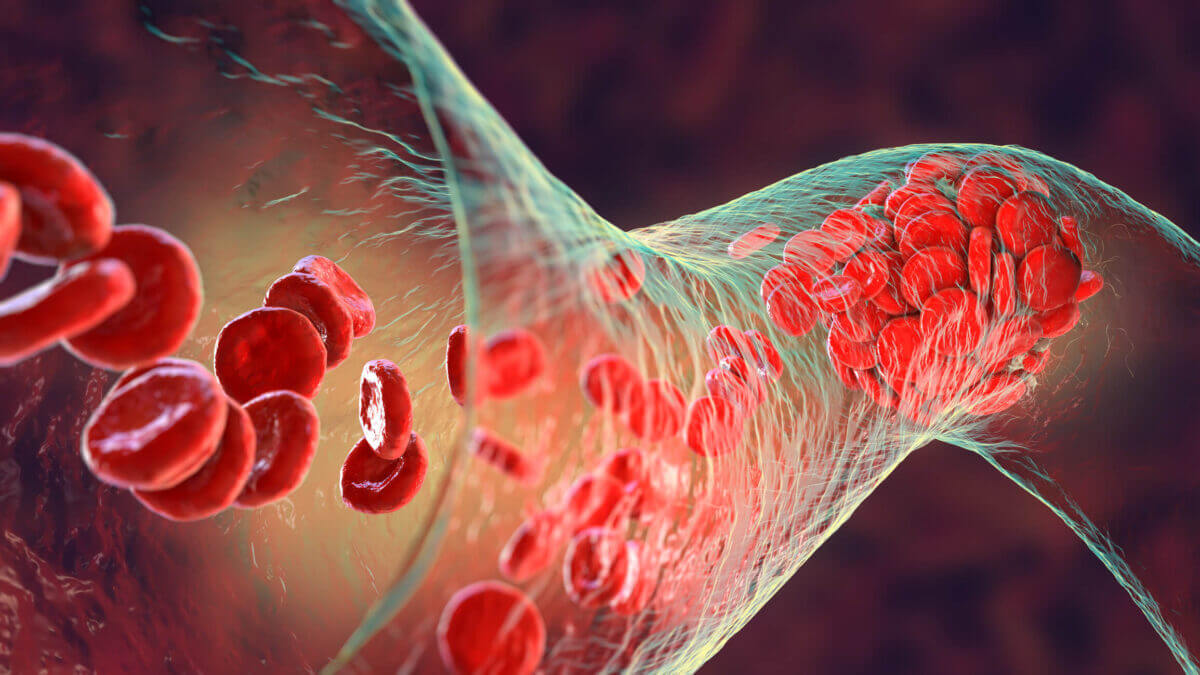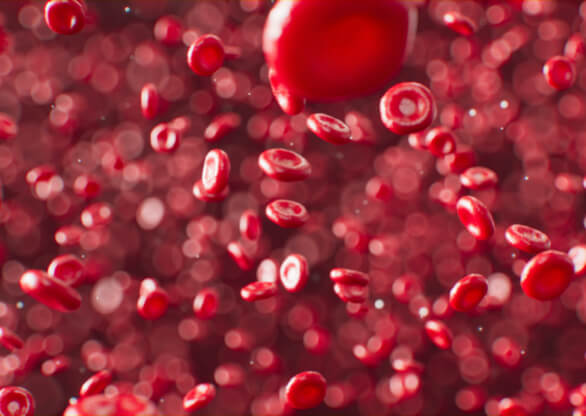Treatment
Prompt treatment may be life-saving
Treatment of blood clots can differ by the patient but typically includes blood-thinning medication to prevent new clots from forming.
There are three main treatment goals:
- Prevent the clot from getting bigger.
- Prevent the clot from breaking loose and traveling to the lungs.
- Reduce the chances of reoccurrence.
Please talk to your healthcare professional about the best treatment plan for your unique health needs. For an overview of treatment options, continue reading below.

Blood clots are usually treated with drugs that reduce the ability of the blood to clot. These are called anticoagulants, or blood thinners.
Anticoagulants do not break down or dissolve an existing clot, but they do prevent it from growing bigger and reducing the risk of further clots forming.1 The length of treatment depends on medical history and the condition requiring treatment. It is common for most people who have experienced a provoked blood clot to continue to take anticoagulant medication for three months. For some, especially those where no identifying risk factor(s) can be identified treatment will continue longer or indefinitely.


Thrombolytics are prescribed if you have a more serious type of blood clot or if other medications are not working.
Thrombolytic therapy is the administration of drugs called lytics or “clot busters” to dissolve blood clots that have acutely (suddenly) blocked your major arteries or veins and pose potentially serious or life-threatening implications. These drugs are given either by intravenous (IV) line or through an intravenous tube (catheter) placed directly into the clot.
An inferior vena cava (IVC) filter is a small device that can prevent blood clots from traveling from the legs into the lungs.
The IVC is the largest vein in your body. It carries blood from your lower body to your heart and lungs.
Blood clots are treated with anticoagulants, but some people may not be able to receive this treatment. In those cases, an IVC filter may be placed, usually temporarily until the individual can use blood thinners
An IVC filter is a small device that is placed in your inferior vena cava to prevent blood clots from moving through your blood into your lungs. An IVC filter is typically placed by an interventional radiologist (a doctor who specializes in image-guided procedures).


When it comes to treating a blood clot, there may be device treatment options available that aim to remove or dissolve the blood clot and restore healthy blood flow.
These treatment options are designed to provide effective and minimally invasive solutions for selected patients. One common device used is a catheter-based intervention, where a thin tube is inserted into the affected blood vessel to rapidly aspirate the clot. Another option is the use of thrombectomy devices, which can be deployed to physically remove the blood clot from the affected area. Additionally, certain devices deliver medications, called thrombolytics, directly to the blood clot to help dissolve it. These treatment options are tailored to each patient’s specific needs and can be discussed with a healthcare professional to determine the most appropriate course of action.
Learn About Your Thrombosis
Page references:
- https://thrombosisuk.org/admin/resources/downloads/thrombosis-uk-patient-information-sheet-direct-oral-anticoagulation-therapy-download.pdf¹
- https://www.mayoclinic.org/diseases-conditions/deep-vein-thrombosis/diagnosis-treatment/drc-20352563
- https://www.hopkinsmedicine.org/health/treatment-tests-and-therapies/inferior-vena-cava-ivc-filter-placement




